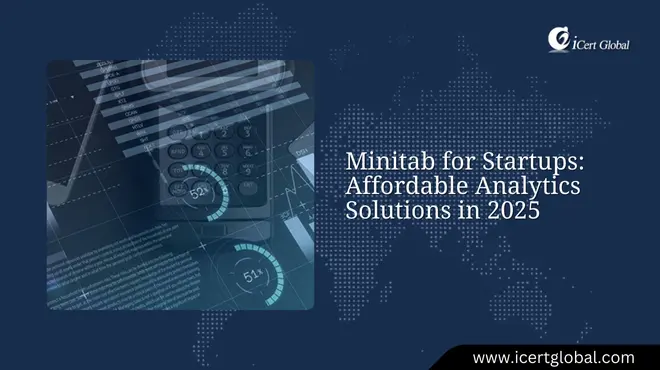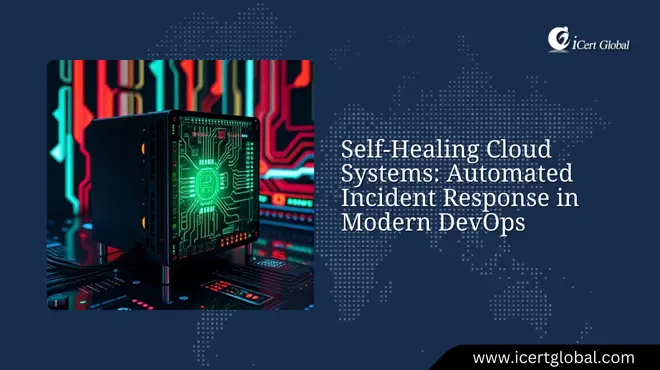Latest Articles
Agile vs. Waterfall in Hybrid Project management: Technical Strategies for Success
When viewed through the lens of Agile vs. Waterfall in Hybrid Project Management: Technical Strategies for Success, the ...
Top 7 Tools Redefining Business Analytics in 2025
The Growing Impact of Business Analysts in 2025 is closely tied to the Top 7 Tools Redefining Business Analytics, which ...
Quality Management in Remote Work Culture: Challenges and Solutions
In today’s remote work environment, quality management is key to fostering consistency, improving outcomes, and ke...
How Agile Transforms Stakeholder Engagement in Digital Projects
Transforming projects with Agile means not only breaking the old rules but also rethinking how stakeholders actively con...
Blockchain Meets Quantum: Securing DevOps Workflows for the Future of Software Delivery
When exploring the different types of artificial intelligence, it’s fascinating to see how innovations like Blockc...
Digital Twins and Simulation: Revolutionizing Product Lifecycle and Urban Planning
Approximately 63% of manufacturers are designing or already have a strategy for a digital twin. This indicates a signifi...
Blockchain as a Service : Enterprise Adoption Trends in 2025
Different types of artificial intelligence are increasingly influencing how enterprises adopt Blockchain as a Service in...
Minitab for Startups: Affordable Analytics Solutions in 2025
Minitab bridges the gap between data literacy and practical application, giving startups affordable analytics solutions ...
Self-Healing Cloud Systems: Automated Incident Response in Modern DevOps
Self-healing features for cloud systems are going to be common in over 70% of organizations by 2026, according to a repo...
Data Lakehouse Guide: Unifying Warehouses and Lakes for Advanced Data Analytics
Deloitte recently released a report that states organizations with good data management are 19% more likely to enjoy hig...
Quantum-Enhanced Machine Learning: Hybrid Classical-Quantum AI Systems
A recent study by Deloitte found that organizations using quantum computing for AI and machine learning could see an inc...
IoT-Enabled Quality Management: Real-Time Smart Sensor Data Collection Systems
As per research by McKinsey & Company, businesses that implemented IoT technologies in operations witnessed reduced ...
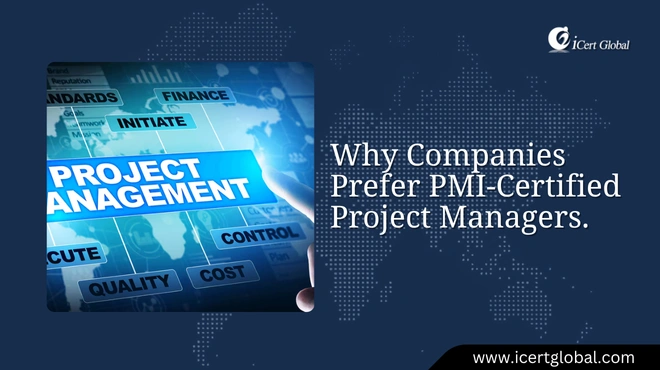

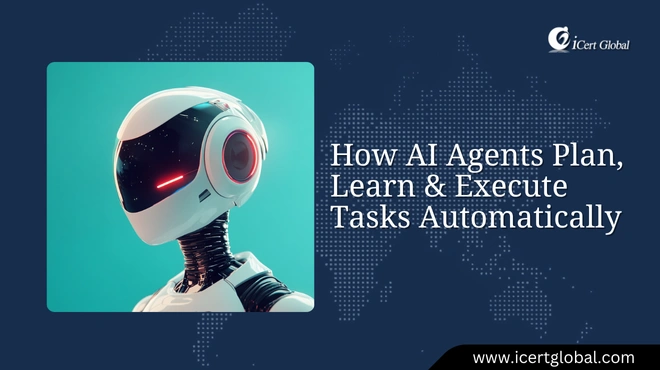
.jpg)


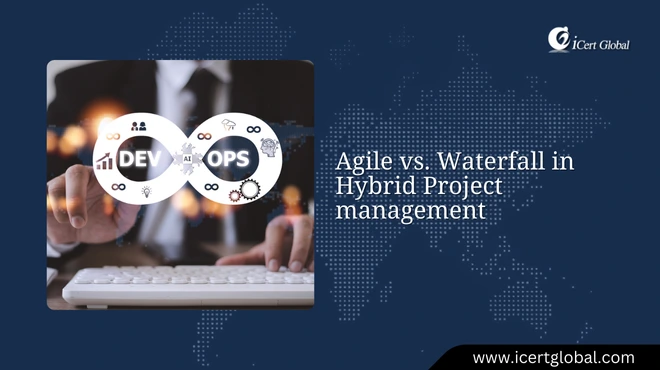
.webp)
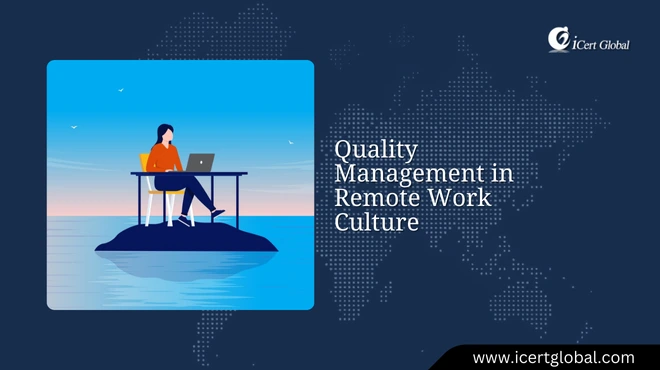

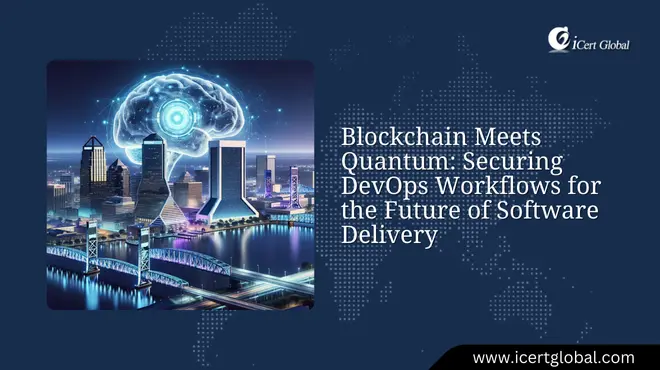

.webp)
